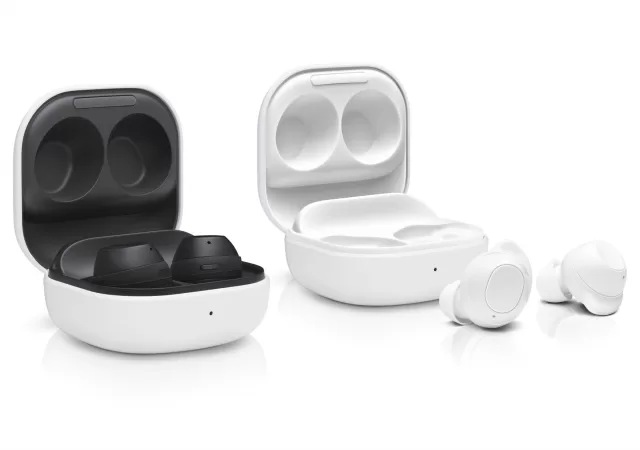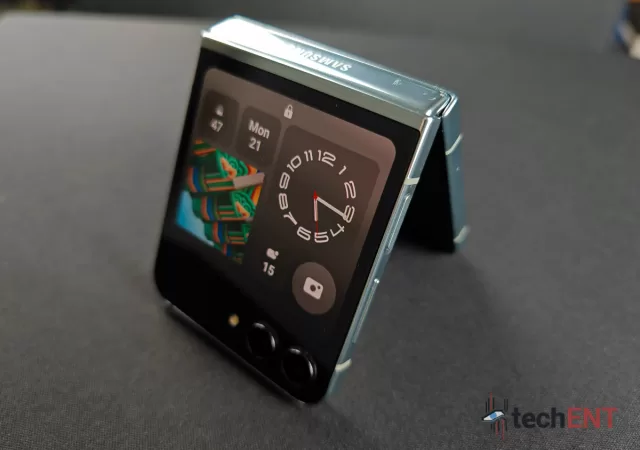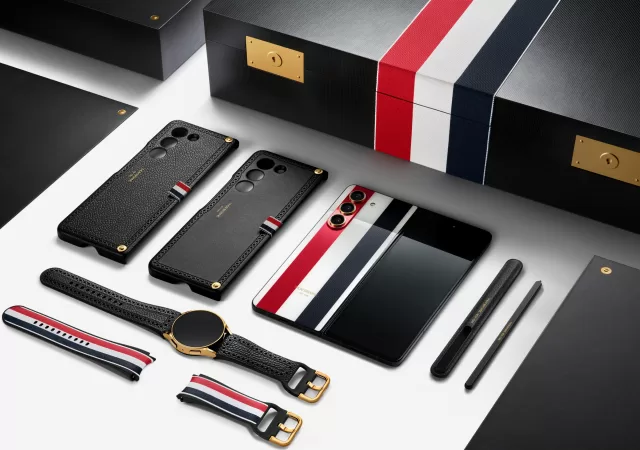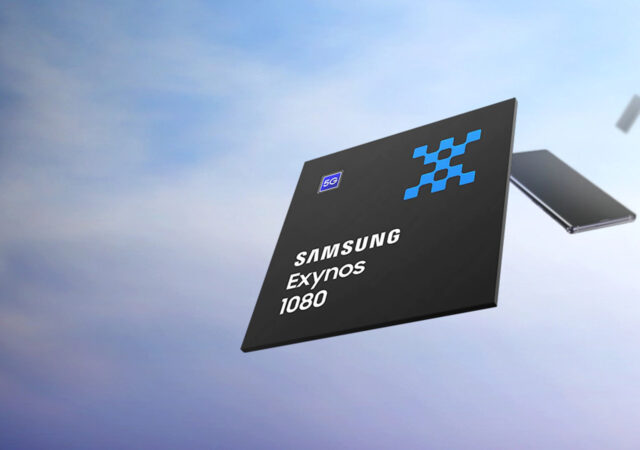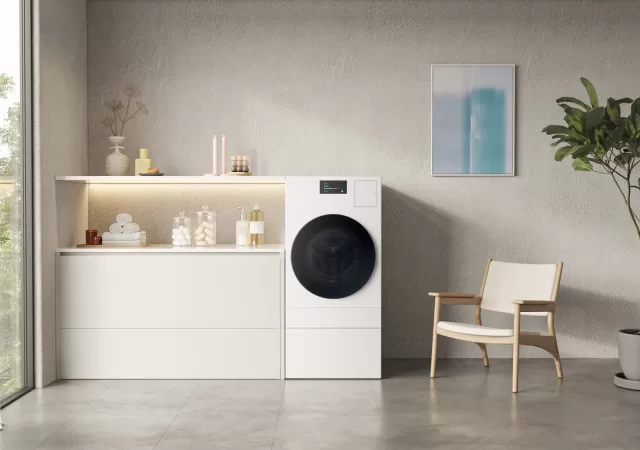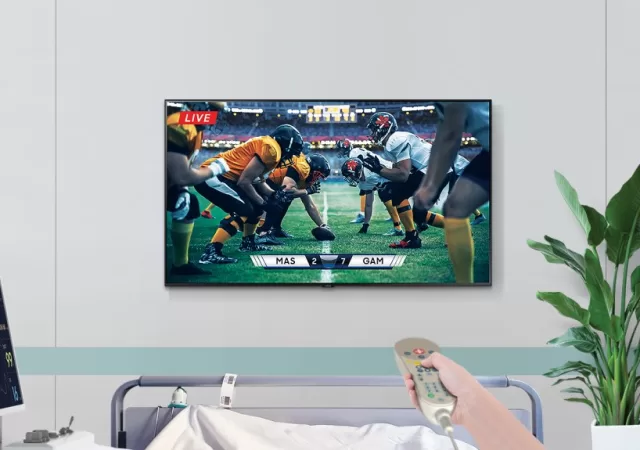Introducing the all-new Samsung Galaxy Buds FE with a single-driver setup, Bluetooth 5.2 connectivity, and Active Noise Cancellation (ANC). Get yours today at a budget-friendly price now!
Samsung’s Galaxy Tab S9 Gets Special Fan Edition Treatment with Two Variants
Samsung’s Fan Edition isn’t just for the Galaxy S23 FE this year, it’s expanding beyond just its smartphone. This year, the Galaxy Tab S9 and Galaxy Buds lineups are also getting affordable, scaled-back Goldilocks versions under the ‘FE’ moniker. The…
The Fan Edition Returns with the Samsung Galaxy S23 FE
The Galaxy S23 FE is here – find out why this formidably advanced phone with 8GB of RAM has caught the attention of tech reviewers.
Samsung Galaxy Z Flip5 In-Depth Review: Bigger is Better… But What Else?
Samsung’s Galaxy Z Flip5 gets the in-depth review treatment from techENT to see if it delivers a worthwhile experience for you money.
Samsung & Thom Browne Elevate Fashion-Tech Fusion with Galaxy Z Fold5 &Watch6 Limited Editions
Samsung collaborates with Thom Browne in another tech-fashion mash up coming to the premium Galaxy Fold5 and Galaxy Watch6.
Samsung Galaxy Watch 6 Classic Astro Edition reaches for the stars
Samsung is back with a mesmerizing blend of tradition and technology in their latest release: the Galaxy Watch 6 Classic Astro Edition. Drawing inspiration from ancient astrolabes, this timepiece is more than just a smartwatch; it’s a work of art.…
Samsung’s Upcoming Mid-Range Galaxy Phones to Get a Boost from AMD RDNA-based Graphics
Samsung’s midrange devices are about to get a huge boost in performance if rumours of AMD’s RDNA technology being incorporated into Exynos are true.
[IFA 2023] Samsung Food: Your Ultimate Cooking Companion
Samsung Food debuts to complement Samsung’s Ecosystem with an app that puts users first when it comes to cooking and managing food.
[IFA 2023] Samsung BESPOKE AI Washer & Dryer Combo Here to Help with Laundry
Samsung Electronics has unveiled the BESPOKE AI™ Washer & Dryer Combo, showcasing it at IFA 2023 in Berlin. This all-in-one washer and dryer combo is powered by cutting-edge Digital Inverter Heat Pump technology and is touted to redefine your laundry…
Samsung Unveils Specialized TVs for Healthcare Industry
Samsung unveils two TV models specially designed to maximise patient comfort and functionality in healthcare environments.



